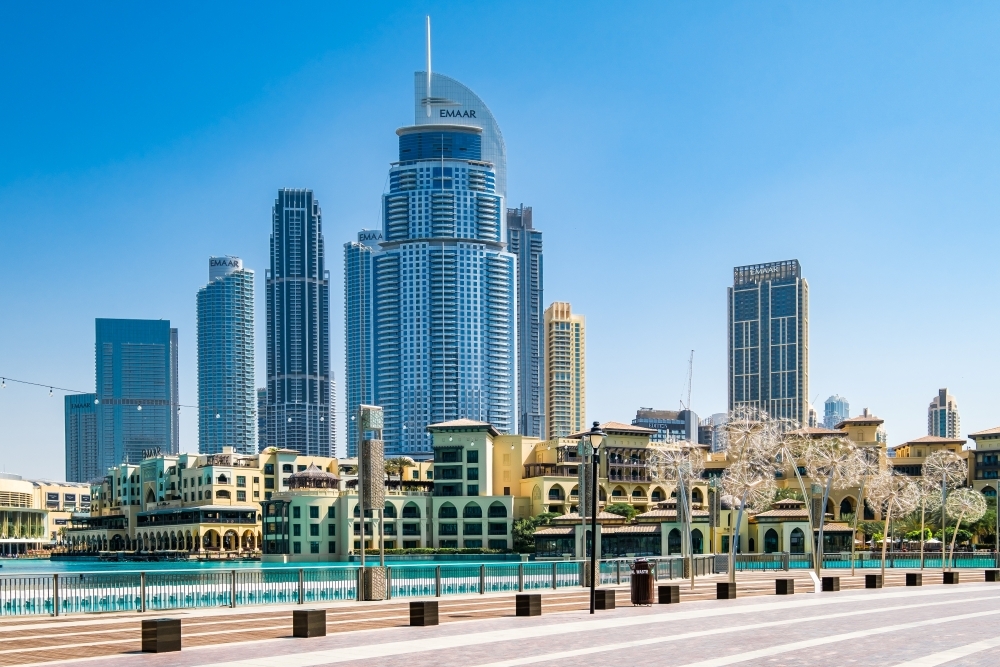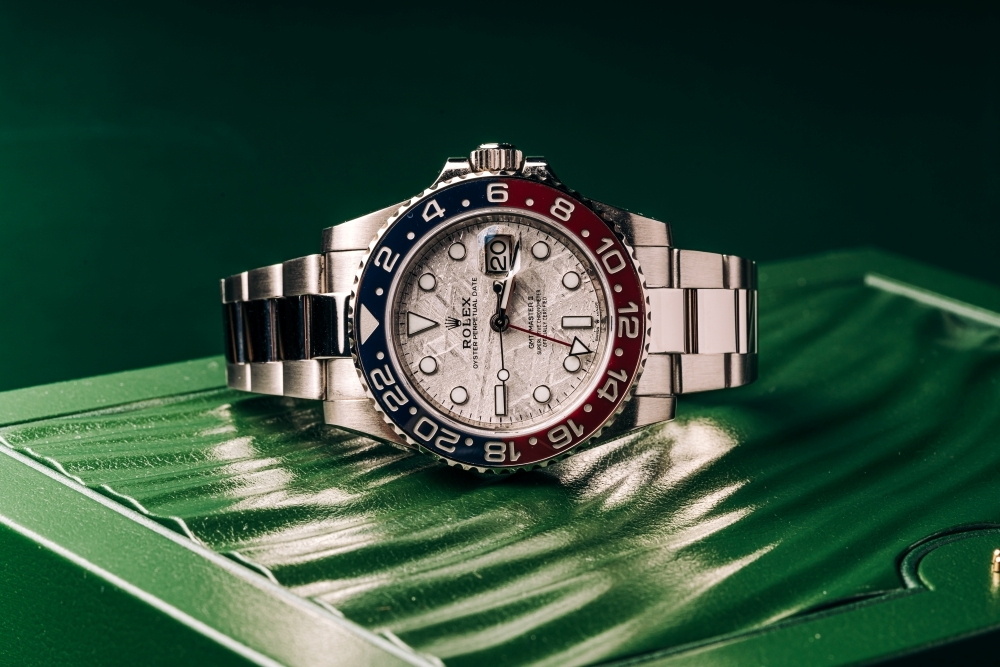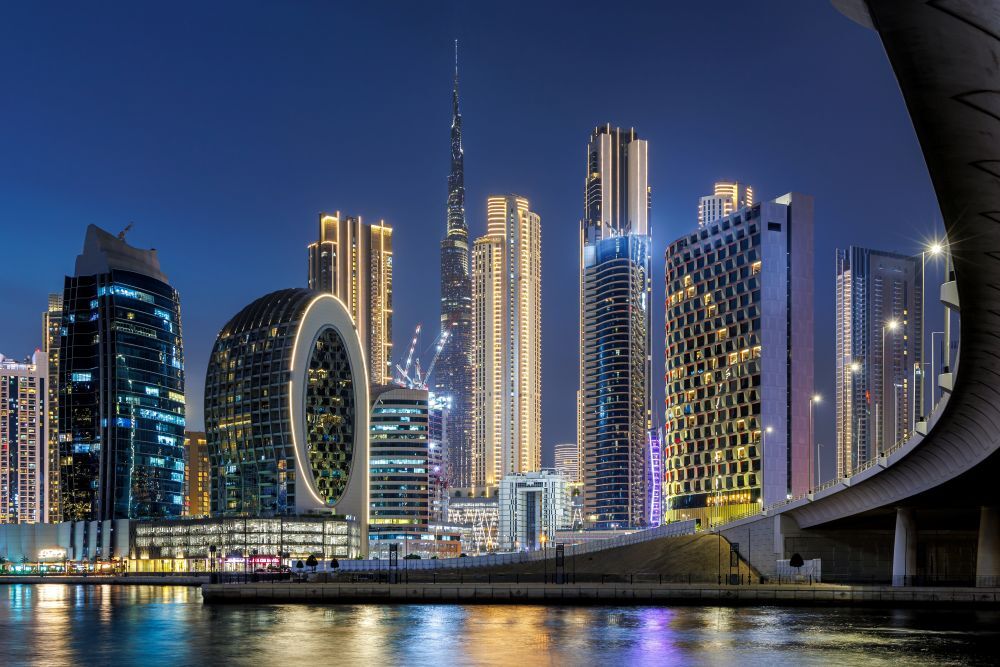From Real Estate to Rare Art – High-Net-Worth Investment Strategies for 2025
The world’s wealthiest are moving to Dubai in record numbers, drawn to its stability, tax-efficiency and lifestyle. These are the investment strategies shaping portfolios today.
As the old Wall Street adage goes, making money is easy – keeping it is the hard part. In today’s landscape of volatility, rapid innovation and high-stakes capital, the distinction has never been more relevant. While saving has its place in any financial plan, saving alone won’t build wealth (in fact – it’s a guaranteed way to lose purchasing power over time, as inflation erodes value). Whatever your approach to investment, the one golden rule holds true: diversify.

Diversification
Of all the strategies available to high-net-worth investors, diversifying across various asset classes is the most fundamental. Traditionally, this starts with a mix of stocks, real estate, and alternative assets, but for more experienced investors, it can go much further. Venture capital and hedge funds offer room for higher growth, while blue-chip art and vintage watches bring cultural value alongside financial return. In Dubai, an investor might hold a blend of high and low-risk equities, residential property, private tech investments, a vault of tangible assets, and – increasingly – some exposure to nascent assets like cryptocurrency.
The advantage of diversification is stability and staying power: a well-balanced portfolio is less exposed to sudden market swings and more likely to capture new opportunities along the way. The tradeoff is complexity. Managing multiple different assets requires careful oversight to stay balanced and avoid overextension, which is why most high-net-worth investors work closely with trusted financial advisers. Done right, though, it’s ultimately diversification that turns a strong portfolio into a future-proof one.
Real Estate
One of the most time-tested and reliable ways to diversify a high-value portfolio is through real estate. Unlike stocks, bonds and other equities, property is a tangible, inflation-resistant asset with long-term earning potential, particularly when measured against the volatility of public markets. The growth trajectory speaks for itself: since 2020, Dubai’s real estate market has soared by over 700%. In 2024 alone, the city recorded more than 180,000 property transactions totalling AED 522 billion – a 36% increase year-on-year.
Related: A Solid First Quarter Anchored by a Record-Breaking Sale
For high-net-worth investors, real estate offers two avenues: capital appreciation and rental income. In prime locations such as Emirates Hills, Palm Jumeirah and Dubai Hills Estate, both can perform exceptionally well. Gross rental yields here often reach up to 9% – outpacing comparable returns in cities like London or Paris. Similarly, capital prices have surged by 147% over the past five years, meaning those who entered the market in 2020 have seen their holdings more than double.
What sets the Dubai market apart for many investors is the balance of asset performance and liveability. Prime real estate developments here typically offer hotel-style lifestyle services, waterfront access, and proximity to international business hubs – with no taxes on income or property.
To maximise returns, some investors diversify across the city, e.g. purchasing a rental income-generating branded residence in DIFC, alongside a long-term asset to live in on the Palm or in Emirates Hills. Beyond Dubai, others expand internationally, acquiring properties in New York or the South of France to gain currency exposure and broaden their global footprint.
This year, an influx of ready supply may bring a correction in the middle of the market, opening up new buying opportunities. In the prime and super prime sectors, however, the fundamentals remain strong. Supply in this segment is by nature constrained – whether it’s a one-of-a-kind custom-built villa, or the sole penthouse of an exclusive development.
The upside to investing in real estate is that it’s one of the most tested and asset-backed ways to build wealth. The downside is that it’s largely illiquid – selling a villa or apartment at a price you’re happy with can take time. For those looking for exposure without committing to a physical asset, real estate investment trusts (REITs) – such as the Emirates REIT – offer a more flexible route, allowing investors to bet on market movements without directly buying property. While they don’t offer the lifestyle or legacy value of direct ownership, they can provide regular income and portfolio diversification with far lower entry costs.
Alternative Assets – Art, Jewels, Fine Items
For some high-net-worth investors, alternative assets are the more enjoyable, passion-led plays. Think fine art, vintage cars, rare watches, and even classic couture. These are markets where knowledge, taste and timing matter as much as capital – and where financial return often comes with cultural cachet. In 2023, Sotheby’s auctions saw global sales of over $8 billion, with record-breaking results across categories like modern art, jewellery, and collectible timepieces. Whether it’s a Patek, Warhol or a rare Golconda diamond, these are investments that can be passed down through generations as a wealth preservation strategy.
Once the domain of galleries and collector vaults, alternative assets have changed drastically in the digital age. Cryptocurrencies and NFTs, once written off as hype, now hold ground in serious portfolios, while TikTok-fuelled trends (be it Labubu art, vintage fashion or the latest micro-obsession), establish fast-moving markets of their own. This is a market that rewards early insight, cultural fluency, and a high risk tolerance.
Risk comes with the territory of alternative assets. Liquidity is limited, pricing is incredibly subjective, and performance can be unpredictable (Maurizio Cattelan’s ‘Comedian’ – the banana taped to a wall that sold for $6.2 million at Sotheby’s – is perhaps the best example of that). But, for those with a collector’s eye and the right private advisers, these assets can carry substantial weight in a portfolio, and say something about the person building it.
Venture Capital & Private Equity – The Long Game
Sometimes, access counts more than visibility. One of the most impactful strategies for high-net-worth individuals is investing in private companies through venture capital (VC) and private equity. Rather than buying shares on an exchange, investors commit capital directly into a firm – either to help it grow, restructure, or get off the ground – with the aim of selling at a higher value later down the line.
Private equity is typically the more measured of the two, focusing on businesses that already function well: companies with revenue, customers and clear upside. Venture capital, by contrast, is more of a leap of faith, backing younger firms and ambitious start-ups in fast-moving sectors like tech, biotech or sustainability. The risk is higher and the pace is faster, but the goal remains the same – long-term growth, a meaningful upside, and a clear exit strategy.
Returns in this space can be significant. Top-performing funds – Sequoia Capital and Andreessen Horowitz, for example – have consistently outpaced public markets and helped transform niche start-ups into household names (Airbnb, WhatsApp, Instagram, to name a few).
Aside from high risk, the main drawback is that liquidity is incredibly tight, with capital sometimes tied up for years before any returns are realised. Access is also highly selective, with most investors entering through private banks, family offices or trusted advisers. When successful though, the reward often goes beyond financials – it gives investors the chance to back something early, help shape its direction, and remain part of its story as it grows.



